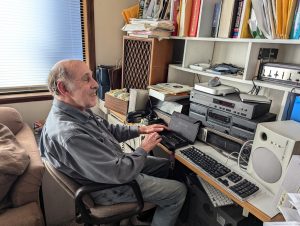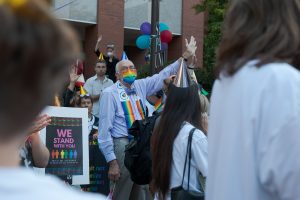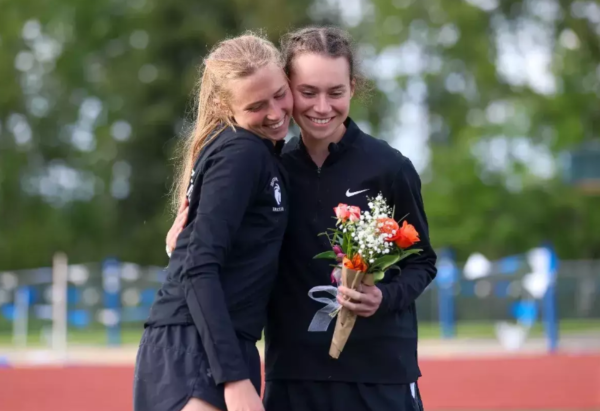Editorial Board Comment: Personal responses, public pandemic
How individual actions matter amid isolation
September 9, 2020
From sea to shining sea, this country has always found itself as vast, diverse, and unimaginably varied. Crisis response is no exception to that and the way each person decides to react can have major implications for those around them.
Americans have reacted to COVID-19 in many ways since this viral outbreak made landfall in the US. There is no way to fully express and address every possible course of action that any person could take during a season of grief, loss, and isolation such as this.
But it is worthwhile trying to understand the causes and effects of some of the main attitudes being expressed by the people all around us. The two most prominent motivations for these attitudes seem to be fear and love.
Fear drives families to go into a fight, flight, or freeze response. Some families are choosing to further isolate themselves for the safety of their health; some families are choosing to fight every restriction and precaution because they have already lost so much control in their lives they fear irreversible harm done.
Others still sit in shock, paralyzed by the overabundant news sources screaming threats, stoking fires, spreading misinformation, and cries of fake news.
Love, on the other hand, allows humans to act with strength, softness, and care despite the discomfort, mourning, loss, and uncertainty. Those who choose love instead of defending themselves, find that, because communities have become virtual and learning opportunities have become more difficult than ever, love is needed now more than ever.
As a Christian University dedicated to the motto “Engage Culture, Change the World,” times such as these ask individuals to step out in love and in hope that our choices can truly make a difference.
Stepping out in love could be following social distancing guidelines for the safety of whoever may be using the communal spaces next. Reacting intentionally with care might mean saving the limited outside seating some restaurants have available for higher-risk populations.
The little choices made by everyday people are how culture shapes the world.
The editorial comment is composed by the opinions editor, the editor-in-chief, and the editing staff. Opinions expressed represent the majority of the group. The news editor is never involved in the composition.

























































































